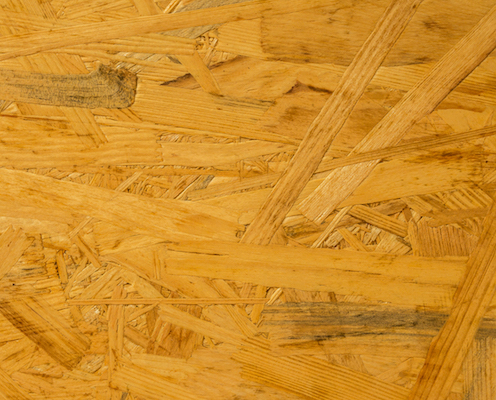Is formaldehyde harmful to health in living spaces?
Formaldehyde (methanal), called formalin as an aqueous solution, is a colorless gas and is found in a whole range of materials and building materials such as paints, varnishes or in wood composites such as chipboard or OSB panels. Formaldehyde may be present as part of the binders in mineral fiber insulation materials. Formaldehyde may also be present in so-called wrinkle-free textiles. The release of formaldehyde in building materials such as wood-fiber composite panels or mineral-fiber insulating materials occurs through evaporation over the life of the component.
Formaldehyde has been classified by the IARC (International Agency for Research on Cancer) in Group 1 as carcinogenic. Because of its toxicity, legally defined concentrations apply indoors. In 2016, the Federal Environment Agency lowered the limit from 120 µg/m3 to 100 µg/m3. The WHO considers the appropriate precautionary limit to be 60 µg/m3. The AGÖF (Arbeitsgemeinschaft ökologischer Forschungsinstitute e.V.) recommends an orientation value of 30 μg/m3.
Health symptoms include : Irritation of the respiratory tract, headaches, reduction of the ability to concentrate, memory disorders, sleep disorders, feeling of tiredness, allergies or depression.
As a precautionary examination or in case of first suspicions, an orienting measurement can be carried out with a formaldehyde test for room air, which is available in pharmacies. However, the test does not replace a professional room air examination and provides only a first rough information. If the test is positive or if there is a suspicion of formaldehyde, a room air analysis should be carried out.


